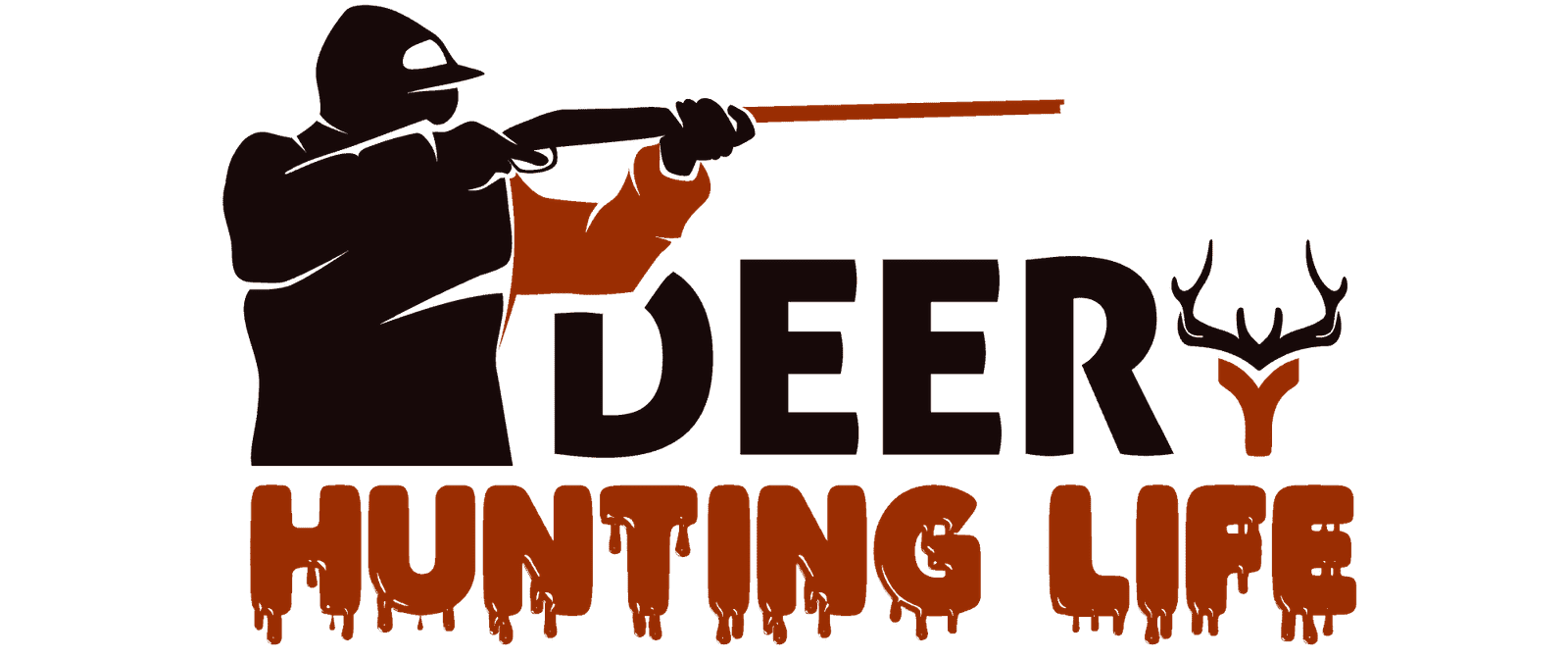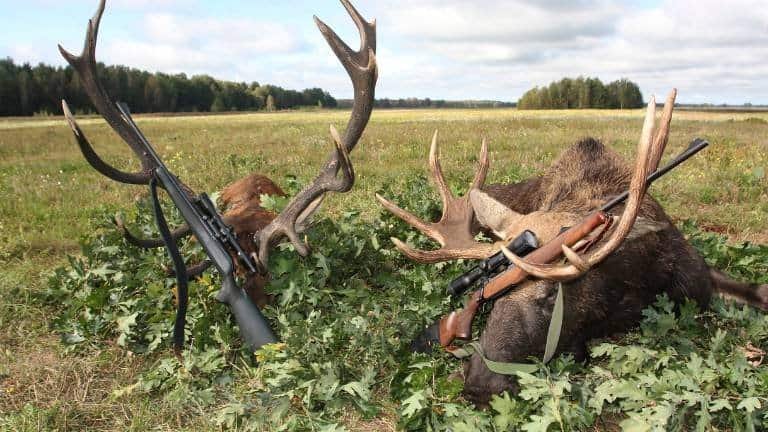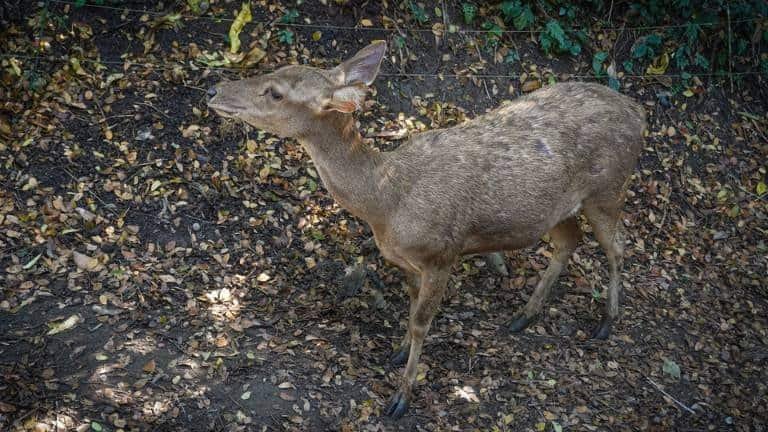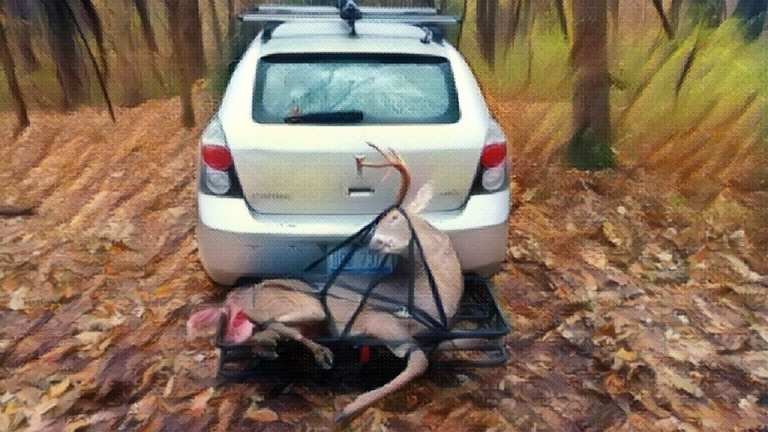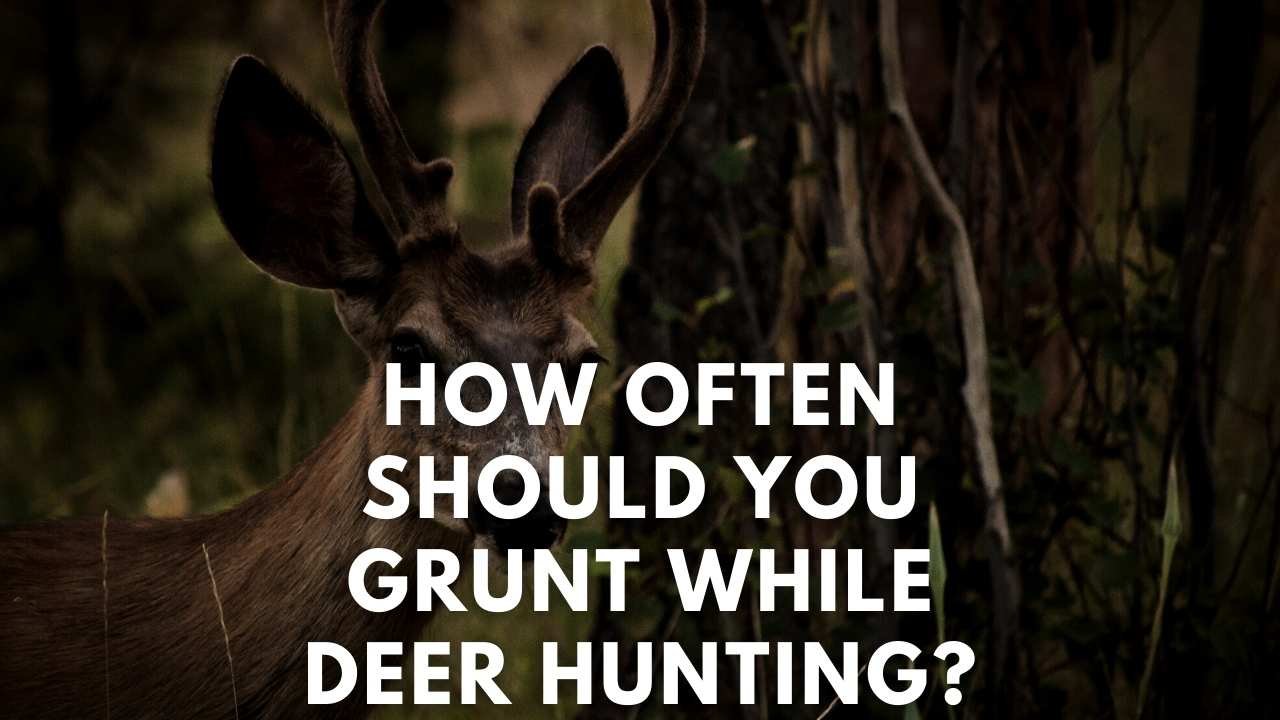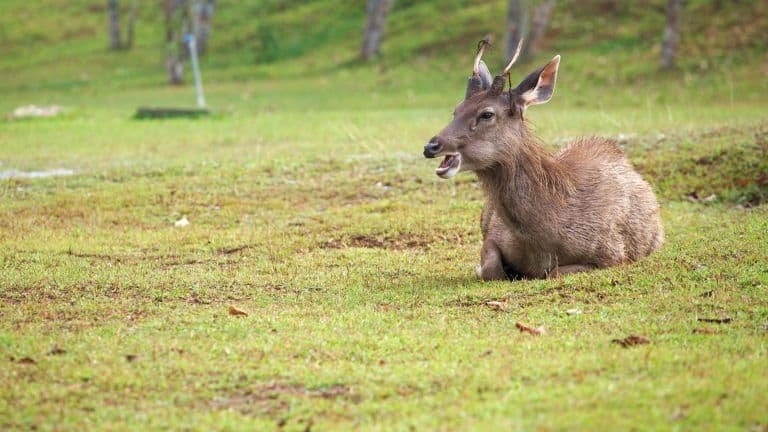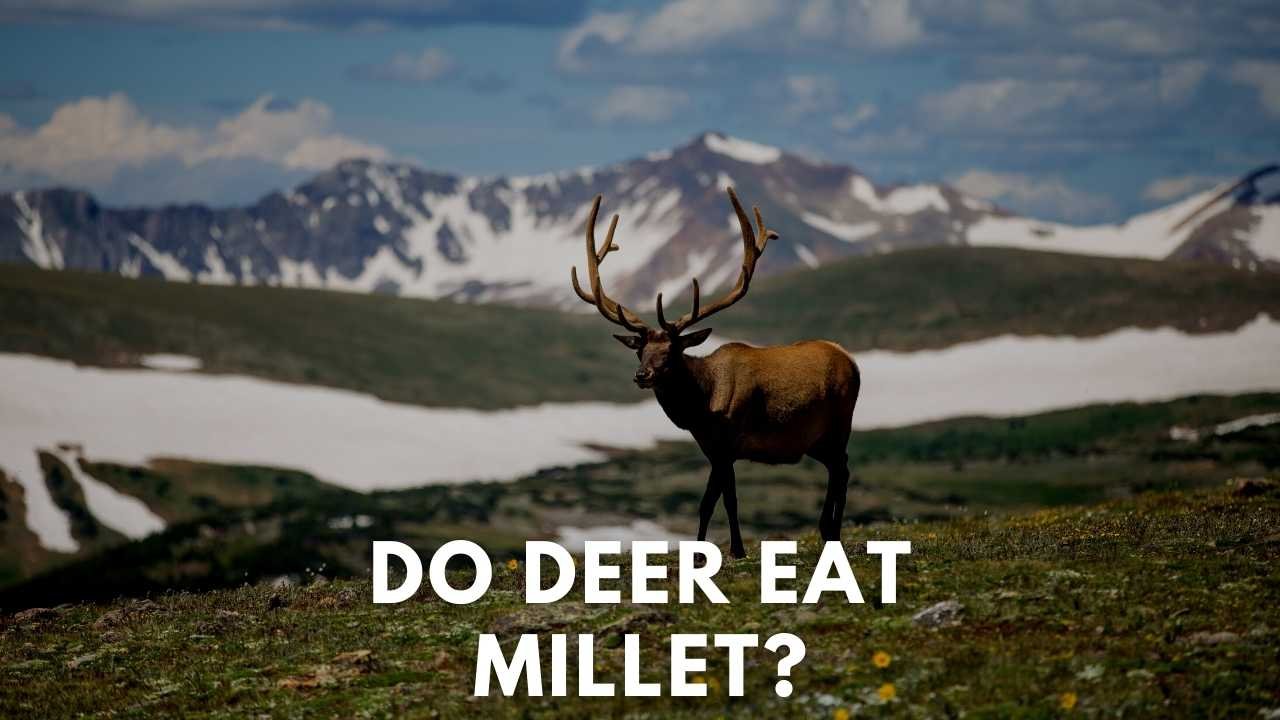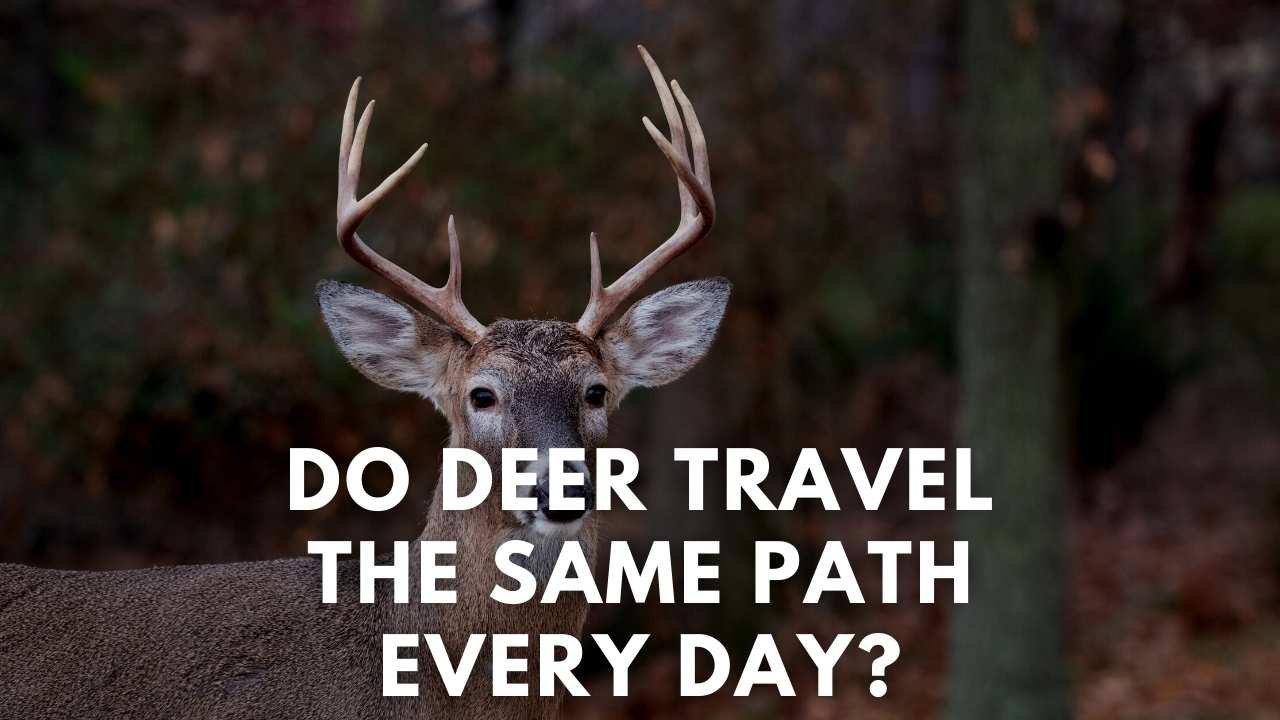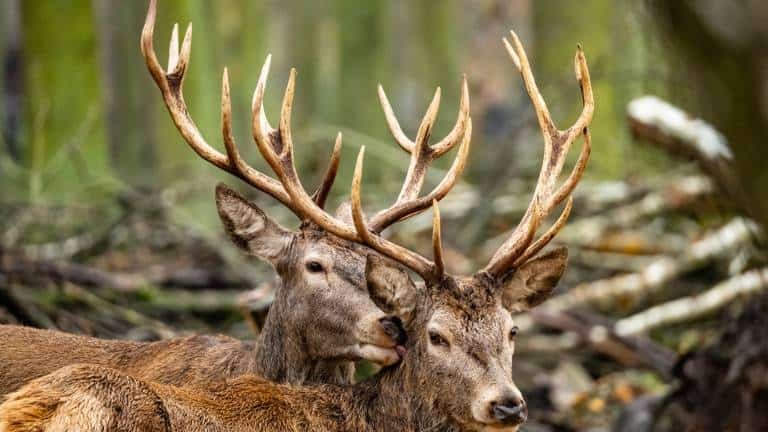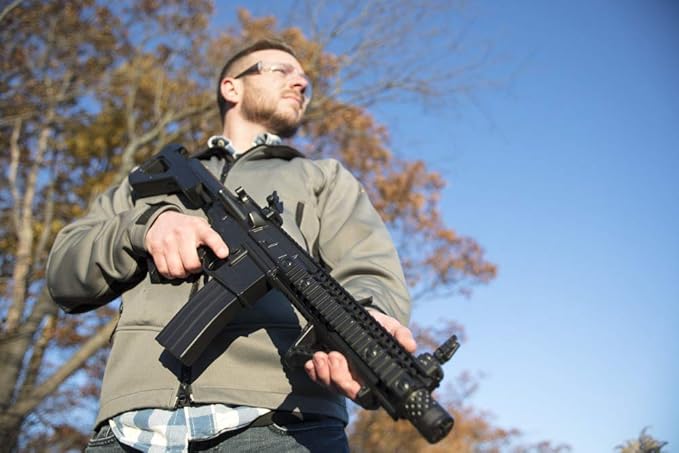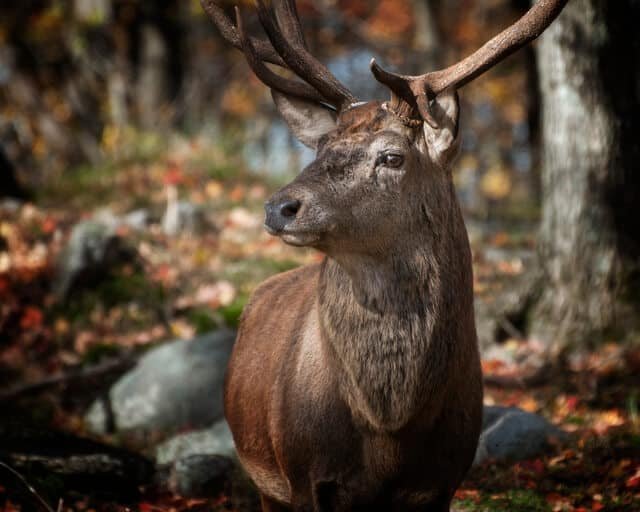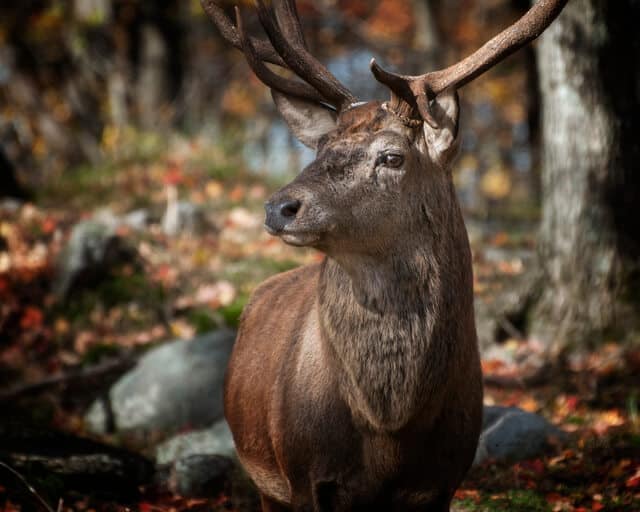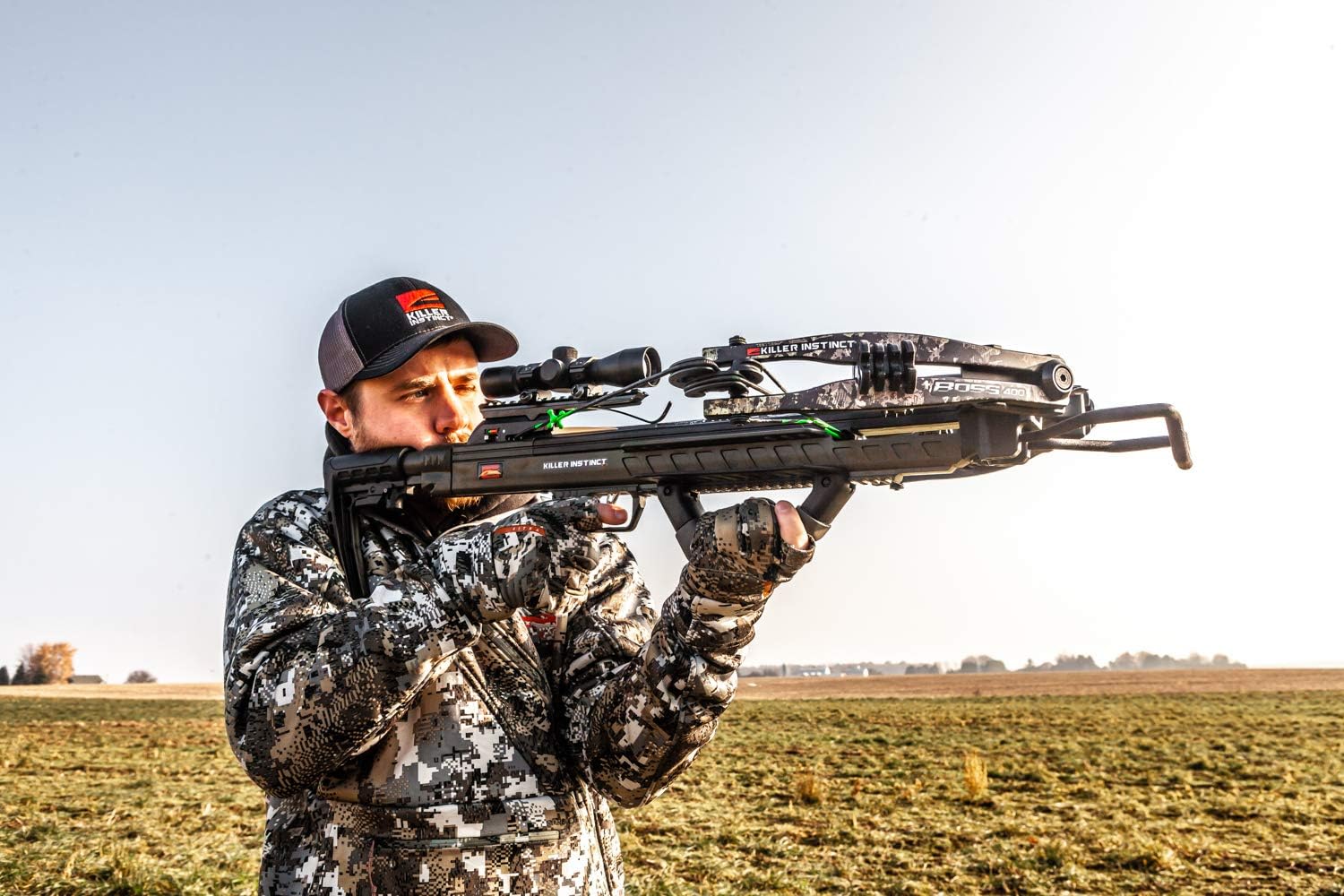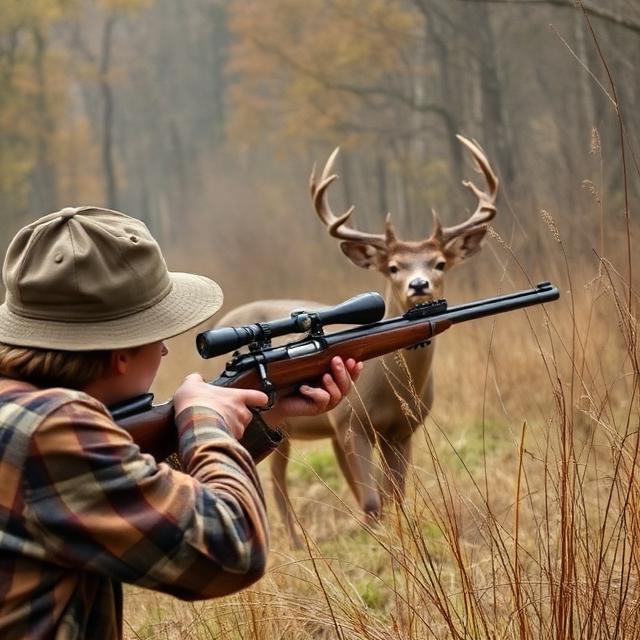Nearly 11 million Americans participate in deer hunting annually, and you’re about to join their ranks. As you set out, you’ll discover it’s more than a pastime; it’s a tradition steeped in skill and patience. You’ve done your homework, familiarizing yourself with local regulations and selecting the right gear. In the stillness of the dawn, you’ll wait, senses heightened, for the subtle signs that signal a deer’s presence. You’re not just after the thrill; you’re part of a legacy of conservationists who help manage wildlife populations.
Stay safe, stay ethical, and let the forest’s whispers guide you to the heart of deer hunting.
Deer Hunting
You’ll need a keen eye and steady hand to successfully harvest any of the various species of deer that roam the wilds. Whether you’re after the elusive white-tailed deer or the majestic antlered deer, deer hunting is as much about the preparation as it’s about the moment of the hunt. You’ve got to understand their habits, their habitats, and the best times of day to find them.
Setting up a tree stand in a carefully chosen location can give you the vantage point you need, keeping you out of the deer’s line of sight while providing a clear shot.
Patience is your ally, and as the sun rises or sets, you’ll find that deer hunting isn’t just a test of skill—it’s a practice in mindfulness. It’s not just about the trophy; it’s about respecting the animal and the environment that sustains it.
Hunting Regulations Overview
While you’re immersing yourself in the thrill of the hunt, it’s essential that you’re also aware of and comply with the local hunting regulations to ensure a legal and ethical experience. Each state or region has its own set of rules, so it’s critical to conduct a thorough hunting regulations overview before setting out. Typically, you’ll need to acquire the appropriate licenses or permits, and these often vary depending on whether you’re targeting antlered or antlerless deer.
Understanding the designated hunting season dates is a fundamental aspect of responsible deer hunting. These seasons are carefully planned to manage deer populations sustainably and can differ by area and type of deer. Some regions may allow hunting only during specific times to protect the population or to align with the deer’s breeding cycles.
As a hunter, you’re not just a sportsperson; you’re also a conservationist. Adhering to hunting regulations helps maintain a balance in the ecosystem, ensuring that deer continue to be a viable source of animal protein for many. Remember, regulations are in place not to hinder your experience, but to preserve the tradition and integrity of deer hunting for future generations.
Essential Hunting Gear
Why settle for less when you can enhance your deer hunting experience with the right gear? As you prepare for the hunt, remember that your success hinges on more than just your skill in hunting and shooting. Equip yourself with a reliable hunting rifle or bow, and ensure you’ve got the camouflage clothing and sturdy footwear necessary to move stealthily and comfortably through varied terrains.
Late season hunts can be particularly challenging due to colder weather and more cautious deer. A ground blind can offer you concealment and protection from the elements, giving you a strategic advantage. Don’t forget to wear your orange vest for safety, making you visible to other hunters while remaining unnoticed by deer.
After you’ve made your shot, you’ll need to field dress your deer to preserve the deer meat. A field dressing kit is indispensable for this task. It’s crucial for processing your harvest quickly and efficiently, ensuring that the meat remains clean and fresh. Additionally, binoculars and a rangefinder are key for spotting deer at a distance and making accurate shots.
With this essential hunting gear in hand, you’re set to embark on a rewarding deer hunting adventure.
Choosing the Right Firearm
Equipping yourself with the right firearm is a pivotal step in ensuring your deer hunting trips are both successful and ethical. When you’re out in the field, the time of year, the landscapes you’re traversing, and the very deer you’re aiming to harvest, all dictate the importance of choosing the right firearm. Whether you’re stalking white-tailed deer around food plots or tracking mule deer over rugged terrain, your gun must be up to the task.
As you hunt deer, remember that a firearm that’s effective in one setting may not be ideal in another. For instance, the dense foliage of early-season woodlands might call for a different firearm than the open spaces encountered later in the year. Moreover, the specific deer species you’re targeting has a bearing on your choice. The larger body mass of a mule deer, for example, might necessitate a more powerful caliber than what you’d typically use for a white-tailed deer.
Seasonal Hunting Tips
As you transition from selecting the right firearm, bear in mind that each hunting season brings its unique challenges and opportunities, demanding tailored strategies for success. When you’re targeting red deer or mule deer, consider their shedding patterns which can affect their behavior and movement. Early season hunting may allow you to capitalize on predictable patterns as deer are less disturbed by human presence.
Pay close attention to wind direction and use scent-blocking products to minimize your presence. Deer have a keen sense of smell, and even a slight breeze carrying your scent can alert them to your presence. It’s essential to sit still and be patient; movement can easily spook deer, making it harder for you to see deer when they’re within range.
Remember to familiarize yourself with the legal shooting hours in your area, as this can greatly impact your chances of success. You’ll need to plan your days around these times to maximize your hunting opportunities.
Lastly, prepare your gear with the season in mind. Dress to blend into the environment and ensure you’re comfortable enough to sit still for extended periods. With the right approach and a bit of stealth, you’re one step closer to a successful deer hunting season.
Check our Deer Hunting Tips and Techniques for a successful hunting journey!
Stalking and Stand Placement
When you’re planning your deer hunt, choosing the right stand placement and mastering the art of stalking can make all the difference in your success.
For stand-hunting, whether you opt for a tree stand or a ground blind, the objective remains the same: to remain undetected while you’re able to hunt from a vantage point. Ensure your stand or blind is well-concealed and downwind from where you expect the deer to appear, as scent and visibility are critical factors.
As for stalking, it’s all about stealth. Move slowly, use the terrain to your advantage, and keep noise to a minimum, especially during light rain when your footsteps are muffled. This technique serves the sole purpose of closing the distance between you and the deer without alerting it to your presence. Remember, quick movements are your enemy, so patience is essential.
Your choice between a stand or ground approach, or stalking, should be informed by the environment and what you’re most comfortable with. Both methods require practice and an understanding of the deer’s habits.
Perfect your approach, and you’ll increase your chances of a successful hunt.
Timing Your Hunt Strategically
You’ll maximize your chances of a successful deer hunt by timing your outing to coincide with the animals’ most active periods. Dawn and dusk are prime times, as deer are natural crepuscular creatures, meaning they’re most active during the low light of early morning and late afternoon. Aligning your hunt with these times can significantly increase your odds of spotting deer on the move.
Don’t overlook mid-day hunting, especially in colder weather. Deer still need to feed and may be spotted foraging. The early season is also fruitful, as deer are less disturbed and follow more predictable patterns. During the rut, bucks throw caution to the wind in pursuit of does, providing you with opportunities to catch them off guard. However, be aware that the meat may have a stronger flavor if harvested during this period.
As daylight fades, deer movement typically increases. Position yourself in your stand or stalking location in anticipation of this last light activity. Remember, patience and timing are key. By understanding and adapting to deer behavior, you’re not just waiting for deer—you’re strategically anticipating their movements for a more effective and ethical hunt.
Field Dressing and Tracking
Upon successfully downing a deer, it’s imperative you field dress the animal promptly to ensure meat preservation. This means you’ve got to remove the internal organs to prevent bacteria from spoiling the meat. You’ll want to work efficiently—cutting from the pelvis up to the ribcage, being careful not to puncture the intestines. It’s a messy but necessary task that guarantees the quality of your harvest.
Once you’ve field dressed the deer, you might need to track it if it didn’t drop in its tracks. Start by looking for a blood trail. Keep your eyes peeled for broken vegetation or tufts of hair, signs that you’re on the right path. Remember, patience is key here. If the trail seems to disappear, take a breath, reassess, and look for the subtle signs. Sometimes blood drops may be few and far between, so move slowly and methodically.
Don’t forget that field dressing and tracking aren’t just about securing your prize; they’re about respect for the animal and the ecosystem. By field dressing quickly and tracking efficiently, you’re honoring your quarry and ensuring that none of its gift goes to waste.
Hunting Safety Guidelines
Before heading out into the woods, brush up on hunting safety guidelines to ensure you’re not putting yourself or others at risk. First and foremost, familiarize yourself with local hunting regulations and secure the necessary licenses. It’s not just about following the law; it’s about respecting the game and other hunters.
Make sure you’re practicing ethical hunting. This means aiming for clean and humane kills, which requires consistent marksmanship practice. You’re responsible for every shot you take, so don’t pull the trigger unless you’re certain of a clean hit.
Respect private property by obtaining permission before you set foot on someone else’s land. It’s not only courteous, it’s often a legal requirement. Trespassing can damage relationships with landowners and tarnish the reputation of hunters as a whole.
Lastly, engage in conservation efforts. Remember, you’re part of an ecosystem that relies on balance. By protecting wildlife habitats and promoting sustainable hunting practices, you’re helping ensure that deer populations remain healthy for future generations to enjoy.
Stay safe, respect the rules, and you’ll contribute positively to the tradition of deer hunting.
Conservation and Ethics
Why should you care about the ethical and conservation aspects of deer hunting? When you’re out in the wild, tracking deer, you’re not just a hunter; you’re a steward of the environment. It’s your responsibility to ensure that your actions contribute positively to wildlife management and the balance of ecosystems.
Hunting regulations are there for a reason: they help maintain sustainable hunting practices. By following them, you’re helping to prevent the overharvesting of deer populations, which can lead to negative impacts on native vegetation and the overall health of the ecosystem.
In New Zealand, for example, the transition from government-employed hunters to recreational hunting necessitated a shift in population management to protect the environment. You’re part of that shift. Engaging in ethical hunting means you respect the life you’re taking. You strive for a quick, humane kill and use as much of the animal as possible. You’re not just hunting for trophies; you’re acknowledging the sacrifice of the animal and the nourishment it provides.
Furthermore, by respecting private property and obtaining the necessary licenses, you’re upholding the law and contributing to conservation efforts. Eating wild game can also deepen your appreciation for the natural diet of these animals and the ethical treatment they deserve.
Every action you take in the field reflects on the hunting community and the future of deer hunting as a sustainable practice.
Planning Your Food Plot
To effectively attract deer, you’ll need to carefully plan your food plots, considering factors like location, size, and the specific goals you have in mind. The size of your property and what you hope to achieve, be it hunting or simply wildlife observation, will dictate the number and size of food plots for deer you should establish. Larger plots may be necessary for feeding, while smaller ones can be more suitable for hunting due to their ease of concealment and management.
Selecting strategic locations for your food plots is crucial. You’ll want to take wind direction into account to optimize stand placement and plot layout. This ensures you remain undetected by deer when hunting or observing. Additionally, placing your plots in strategic locations away from public roads enhances privacy and security, keeping your activities discreet and minimizing disturbance to the deer.
Privacy and security are paramount, so when planning your food plot locations, ensure they’re not visible from public roads. This not only protects the deer from unnecessary stress but also contributes to the overall success of your plot by encouraging more frequent visits from wildlife. Tailoring your food plot designs with these considerations in mind will lead to a more successful and rewarding experience.
Featured Articles
Does Human Poop Scare Deer?
When it comes to hunting or observing deer in the wild, many people believe that…
Can a deer survive with a broken leg?
Deer are common mammals found in many parts of the world, and they are known…
How Far Away Can Deer Smell Corn?
Setting up a corn pile or deer feeder takes time, effort, and money. Due to…
Why Do Deer Run In Circles?
Have you encountered a buck fawn that is continuously running in circles? The deer walks…
What To Do When A Deer Snorts At You?
Deer frequently snort when they are angry or frustrated, although that is not always the…
Why Would A Deer Be Alone?
Deer are traveling farther and taking more risks to get food and water as the…
Do Deer Eat Millet?
Are you thinking about planting millet in a food plot for deer? First, you will…
Do Deer Travel the Same Path Every Day?
Every devoted hunter is aware of the significance of where and when to hunt, particularly…
Latest Articles
Nebraska Deer Hunting Guide 2025: Seasons, Regulations, Licenses, and Expert Tips for Success
If you’ve ever wondered whether Nebraska is worth the trip for deer hunting, let me…
The Best Rifle to Hunt Whitetail Deer: A Caliber-by-Caliber Guide for Ethical Harvests
Let’s be honest. Debating the best rifle to hunt whitetail deer has fueled more campfire…
Virginia Deer Hunting Season 2025: Dates, Bag Limits, Regulations, and Expert Tips for a Successful Hunt
If you hunt deer in Virginia or you are planning to, there is one thing…
Deer Hunting Season KY 2025: Dates, Zones, Regulations & Expert Tips for Success
You’re standing in your garage at 4:30 AM, coffee in hand, wondering if you missed…
The Best Crossbow for Deer Hunting (2025 Review): Top-Rated Picks for Speed, Stealth, and Accuracy
I’ve spent the last twenty years chasing whitetails, and I’ve seen the crossbow world go…
Best Deer Hunting Rifles: Choosing the Right Caliber, Action, and Essential Gear
Let’s cut right to the chase: selecting the best deer hunting rifle is one of…
